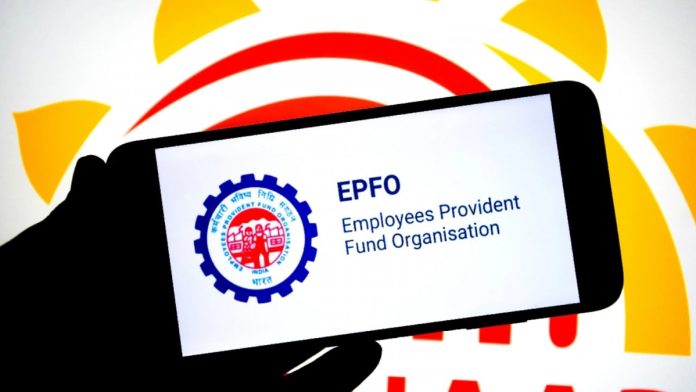Last Updated:
PF Transfer Process Online: EPFO has simplified PF transfers by updating Form 13, removing Destination Office approval.

PF Transfer Process Online: EPFO Simplifies Form 13, Eases Job Change Transfers
PF Transfer Process Online: The Employees’ Provident Fund Organisation (EPFO) has introduced significant changes to simplify the transfer process of PF accounts when employees change jobs. This is part of their ongoing efforts to enhance the ease of living for their members.
Changes In Form 13
Previously, the transfer of PF accumulations involved two EPF Offices: the Source Office (where the PF is transferred from) and the Destination Office (where the PF is transferred to). The new changes have removed the requirement for approval from the Destination Office in most cases.
With the launch of the revamped Form 13 software functionality, once a transfer claim is approved at the Source Office, the previous account will automatically transfer to the member’s current account at the Destination Office. This aims to expedite the transfer process and promote ease of living for EPFO members.
Tax Calculation Simplification
Additionally, the new functionality includes a clear bifurcation of taxable and non-taxable components of PF accumulations, ensuring accurate calculation of TDS on taxable PF interest.
This improvement is expected to benefit over 1.25 crore members and facilitate the transfer of approximately Rs. 90,000 crores every year, significantly speeding up the entire process.
Bulk Generation Of UAN Without Aadhaar
To further ease business operations and address grievances related to past accumulations, EPFO has relaxed the requirement of Aadhaar for the generation of UAN and crediting past accumulations for certain members. This includes cases involving exempted PF trusts and quasi-judicial/recovery proceedings.
A new software functionality is now available for the bulk generation of UANs based on Member ID and other available member information. This enables prompt crediting of funds in members’ accounts without needing Aadhaar initially.
To protect PF accumulations, these newly generated UANs will be kept in a frozen state and made operational only after Aadhaar seeding.
These measures are expected to significantly improve member services, reduce longstanding grievances, and streamline the validation process for auto-settlement of eligible claims.


